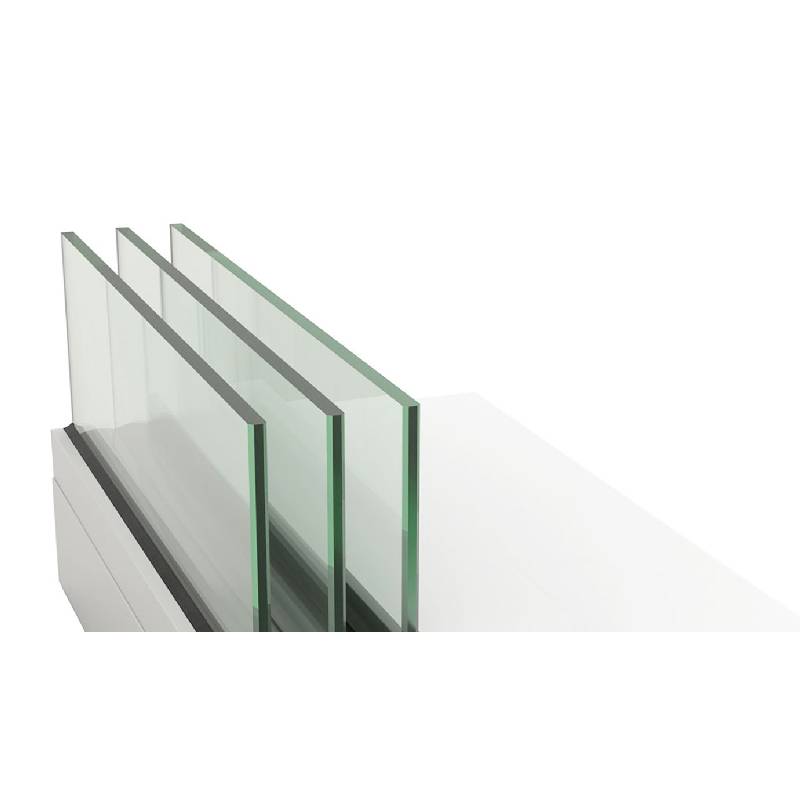

The Advantages and Innovations of Pyrolytic Low-E Glass
In the realms of architecture and construction, energy efficiency has become a pivotal goal for designers and builders alike. One of the breakthrough materials that have emerged in this pursuit is pyrolytic low-emissivity (Low-E) glass. This innovative product is revolutionizing how buildings manage temperature control and energy consumption, contributing to sustainable architecture and environmentally friendly practices.
Understanding Low-E Glass
Low-E glass is designed to minimize the amount of ultraviolet and infrared light that comes through the glass without compromising the amount of visible light transmitted. The glass is coated with a thin layer of metallic oxide, which serves to reflect heat back to its source, thus maintaining a stable indoor temperature. Pyrolytic low-E glass, in particular, undergoes a unique manufacturing process. It is produced by depositing a coating onto the glass while it is still in a molten state. This method results in a stronger bond with the glass itself, enhancing durability and performance.
Energy Efficiency and Cost Savings
One of the most significant benefits of pyrolytic low-E glass is its energy efficiency. By reflecting heat back to its source, it reduces the workload on heating and cooling systems within buildings. In cold climates, it retains interior warmth, while in hot climates, it reflects solar heat away, creating a more comfortable indoor environment. This dual functionality not only contributes to reduced energy consumption but can also lead to significant cost savings over time. Many building owners report reductions in their energy bills, which can offset the initial investment in higher-quality window materials.
Enhancing Indoor Comfort

The climate control afforded by pyrolytic low-E glass directly enhances indoor comfort. Traditional glass can allow unwanted heat and cold to penetrate, leading to drafty rooms and fluctuations in temperature that require constant adjustment of HVAC systems. With low-E glass, the interior environment remains stable and comfortable, which is especially beneficial in residential settings and buildings with high human occupancy, such as schools and offices. This stability can also contribute to a healthier indoor environment by preventing condensation, which reduces the risk of mold growth.
Environmental Impact
As society increasingly turns its attention toward sustainability, the environmental benefits of pyrolytic low-E glass cannot be overlooked. The reduction in energy consumption translates into lower greenhouse gas emissions from power plants, making buildings equipped with this technology significantly more eco-friendly. Furthermore, the longevity and durability of pyrolytic low-E glass mean that it requires less frequent replacement compared to traditional glass, leading to reduced waste and resource consumption.
Design Versatility
Architects and designers appreciate the versatility that pyrolytic low-E glass offers. It can be manufactured in various thicknesses and sizes without compromising its insulation properties. Moreover, the aesthetic appeal of low-E glass allows for beautiful, expansive windows that maximize natural light without sacrificing energy performance. This integration of form and function enables contemporary designs that prioritize both appearance and efficiency.
Conclusion
As the demand for energy-efficient building materials continues to rise, pyrolytic low-E glass stands out as a premier choice for sustainable architecture. Its remarkable thermal performance, durability, and aesthetic versatility make it an invaluable asset for both residential and commercial applications. Beyond mere energy savings, it represents a commitment to environmentally responsible building practices. In an era where climate change is a pressing concern, adopting technologies like pyrolytic low-E glass is crucial not only for cost effectiveness but also for creating a sustainable future. As innovations in this field continue to evolve, we can expect even greater advancements that will further enhance the capabilities and applications of low-E glass, making it a staple in modern construction.